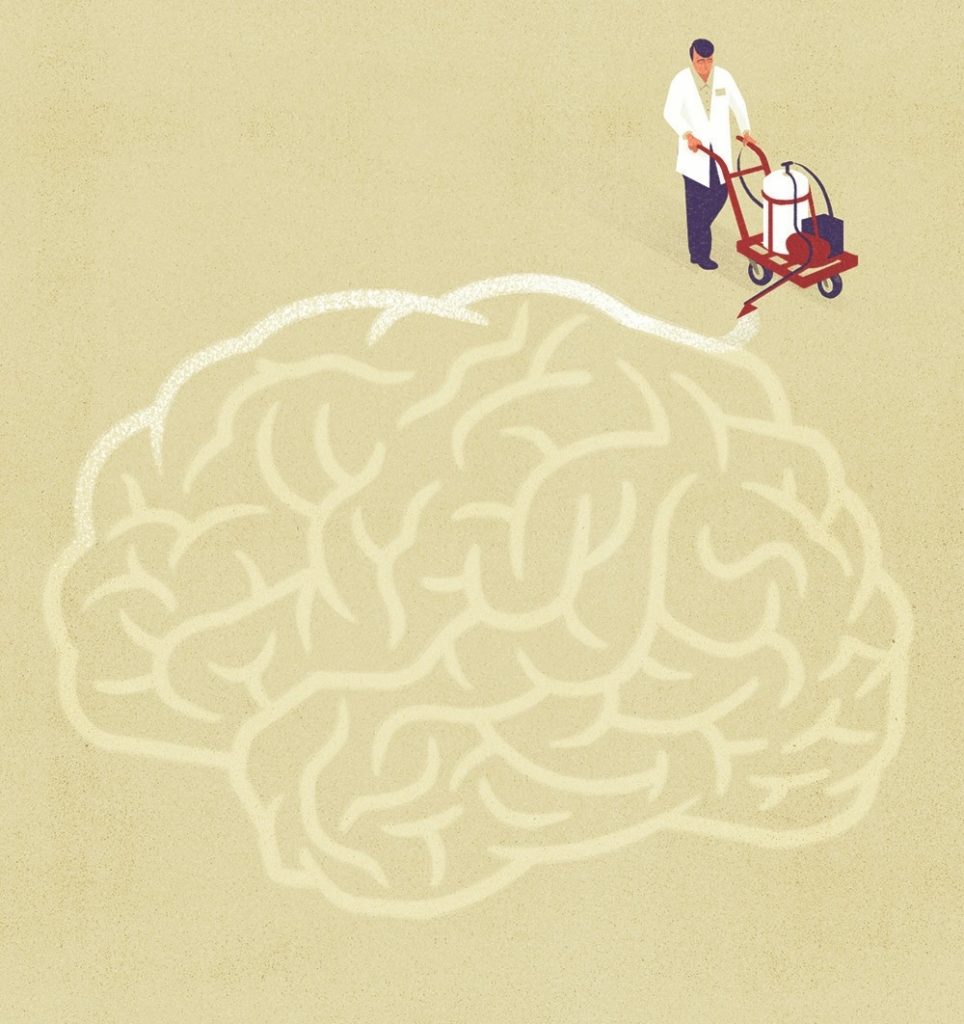Taking steps
A stem cell treatment helps stroke patients regain motor function.

Six months after a stroke, doctors don’t expect improvement in a patient’s recovery, says Stanford professor and chair of neurosurgery Gary Steinberg, MD, PhD. But in a recent phase-1 clinical trial, Steinberg and his colleagues demonstrated that injecting modified stem cells into the brains of chronic stroke patients improved their motor function — even though their strokes had occurred six months to three years previously.
The researchers took mesenchymal stem cells — the precursors to muscle, bone, fat and tendon — from the bone marrow of two adult donors and modified them to increase their ability to restore neurologic function. They then injected them into the brains of 18 patients, with an average age of 61, whose strokes had severely affected their muscle function.
Although the transplanted cells do not appear to survive very long in the brain, patients showed significant improvement in their motor function within a month’s time, and sustained those improvements a year after surgery. Steinberg says it’s likely the mesenchymal cells secrete factors that stimulate lasting regeneration or reactivation of nearby brain tissue.
“This wasn’t just, ‘They couldn’t move their thumb, and now they can,’” he says. “Patients who were in wheelchairs are walking now. We thought those brain circuits were dead. And we’ve learned that they’re not.”
Steinberg is the lead and senior author of the study, which was published in the July 2016 issue of Stroke.
